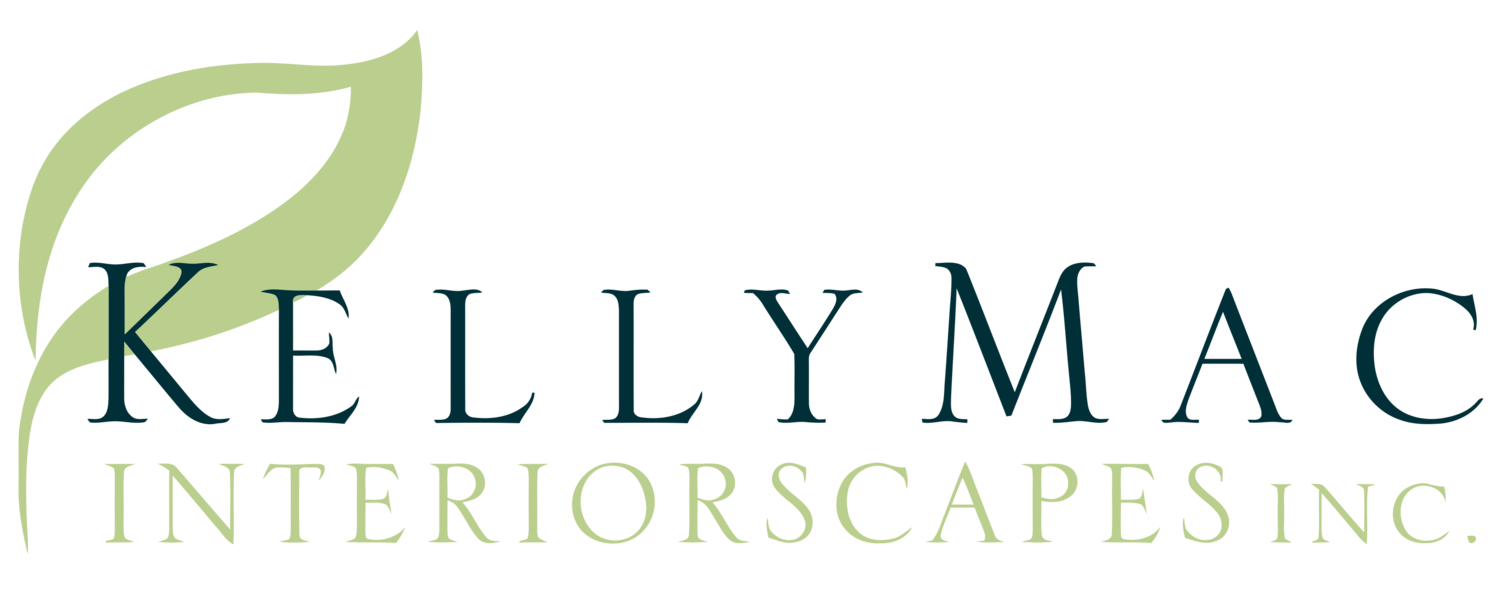Boosting Workplace Well-Being: The Power of Biophilic Design
/Recent studies have increasingly highlighted the significant value and benefits of biophilic design in the workplace, demonstrating its positive impact on employee well-being, productivity, and overall organizational success.
Understanding Biophilic Design
Biophilic design refers to the integration of natural elements into built environments, aiming to create a stronger connection between people and nature. This approach can include features such as indoor plants, natural light, and materials that mimic natural forms. The concept is rooted in the idea that humans have an innate affinity for nature, which can be leveraged to enhance workplace environments.
Key Findings from Recent Research
1. Enhanced Well-Being: A recent study conducted at PLP Offices found that biophilic design led to a remarkable 200% increase in employee well-being compared to traditional office settings. Participants were monitored across three different environments: one without plants, one with minimal planting, and another with abundant greenery. The results indicated significant improvements in mental health and overall satisfaction among employees in more plant-rich environments[1].
2. Increased Productivity: Research has shown that incorporating biophilic elements can boost productivity by as much as 15%. For instance, a study at the University of Oregon revealed that employees with views of trees took fewer sick days—averaging 57 hours annually compared to 68 hours for those without such views. This correlation suggests that enhancing visual access to nature can significantly reduce absenteeism and increase engagement[2][4].
3. Cost Savings and Economic Value: The financial implications of biophilic design are substantial. The study "Reap What You Sow" indicated that biophilic environments could generate more than double the economic value compared to non-biophilic designs. This includes savings from reduced energy costs due to effective natural lighting and decreased healthcare costs associated with improved employee health[2][3].
4. Creativity and Innovation: Biophilic design has also been linked to enhanced creativity in the workplace. Environments rich in natural elements stimulate cognitive functions and encourage innovative thinking. Employees exposed to such settings reported higher levels of creativity and collaboration during brainstorming sessions[3][5].
The integration of biophilic design in workplace environments offers numerous benefits that extend beyond aesthetic appeal. By fostering a connection to nature, organizations can enhance employee well-being, boost productivity, reduce absenteeism, and ultimately improve their bottom line. As businesses continue to adapt to changing work dynamics, investing in biophilic design may prove essential for attracting and retaining talent while promoting a healthier work culture.
Citations:
[1] https://journalofbiophilicdesign.com/podcast-journal-of-biophilic-design/research-proves-that-biophilic-design-increases-workplace-value
[2] https://www.futureofworkhub.info/explainers/2021/4/7/biophilic-design-and-the-workplace
[3] https://www.sharp.co.uk/news-and-events/blog/The-Benefits-of-Biophilic-Design-in-the-Workplace
[4] https://www.haiken.com/insights/4-benefits-of-biophilic-design-in-the-office
[5] https://arb.umn.edu/blog/2024/05/07/biophilic-design-in-the-workplace-improves-creativity-wellbeing-and-productivity
[6] https://www.gensler.com/blog/why-biophilic-design-is-crucial-in-workplace
[7] https://www.coalesse.com/blog/the-impact-and-benefits-of-biophilia-in-the-workplace/
[8] https://www.ehsinsight.com/blog/the-impact-of-biophilic-design-and-workplace-well-being


